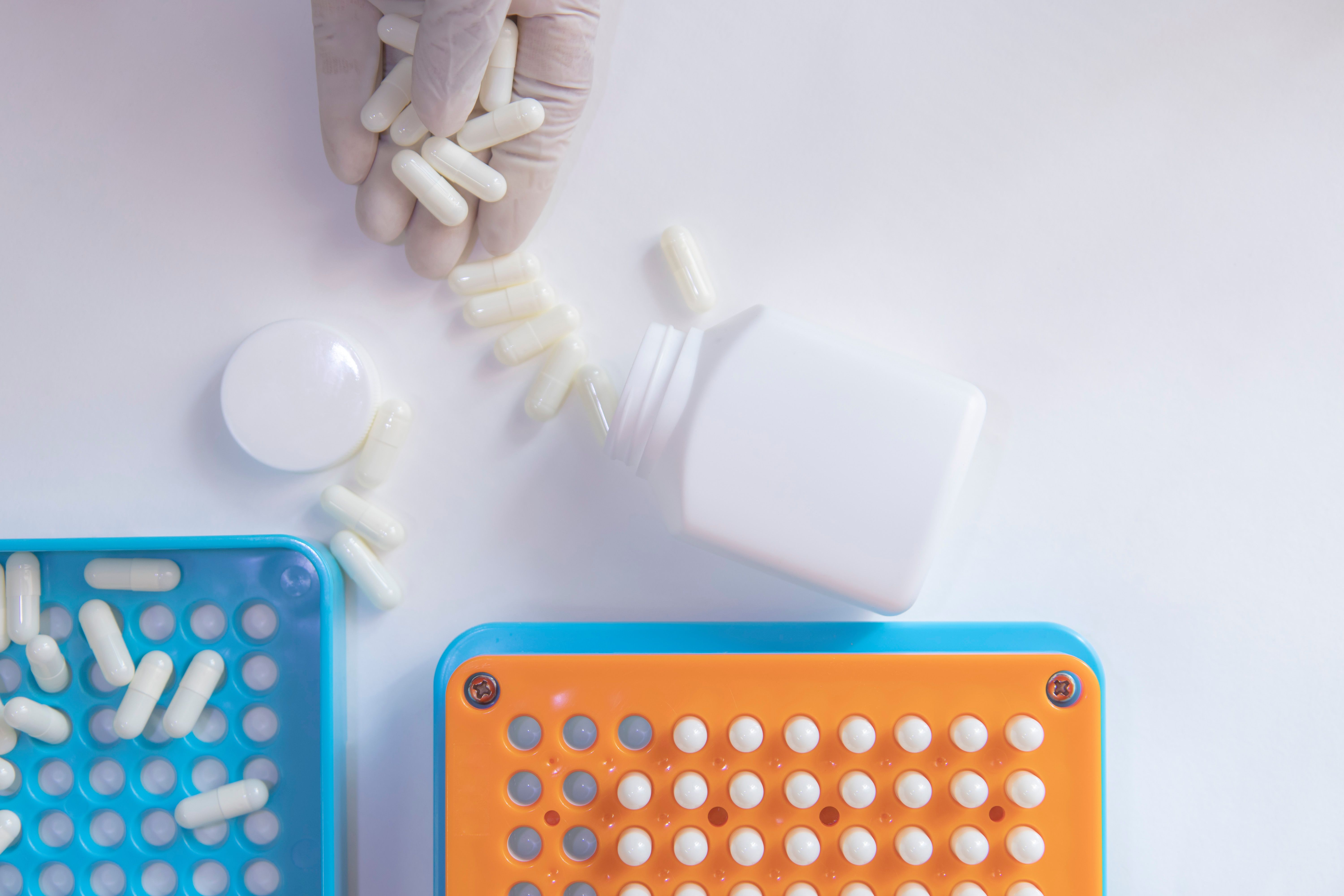Article
CrossFit Observed to Improve Beta Cell Function in Diabetes Patients
Author(s):
Functional high-intensity training may benefit patients with type 2 diabetes.
Participating in short, functional-movement and resistance training through programs such as CrossFit may benefit patients with type 2 diabetes. Results from a new study published by the American Journal of Physiology — Endocrinology and Metabolism indicate that these functional high-intensity training (F-HIT) workouts could improve beta cell function in these patients.
Beta cells create, store, and secrete insulin, making them crucial for the regulation of blood glucose levels. In patients with type 2 diabetes, these cells are dysfunctional and cause patients to require lifelong treatment with insulin injections.
This study is the first of its kind to analyze the effect of F-HIT or resistance training on beta cell function.
Previous studies show that aerobic activity can improve beta cell function and insulin secretion, which is why physicians recommend exercise and diet for patients with diabetes.
F-HIT workouts combine functional movements with aerobic exercise. For example, the exercise regimen may include gymnastics and weight lifting, in addition to aerobic exercise.
"Adults with [type 2 diabetes] may find it difficult to adhere to a strict exercise regimen, citing 'lack of time' as one of the primary barriers. F-HIT programs like CrossFit may address this barrier by providing structure, supervision and accountability, with a minimal time commitment," the authors wrote.
Included in the study were 12 patients with type 2 diabetes at an average age of 53. The patients participated in 6 weeks of an F-HIT program that was created and overseen by a CrossFit Trainer.
The patients took part in 3 training sessions per week, which included a variety of activities per session. During 1 session, the individuals participated in a high-intensity workout where they exercised until they hit more than 85% of their maximum target heart rate, according to the study.
The authors administered an oral glucose tolerance test (OGTT) at baseline and after 6 weeks of exercise. The test is used to measure the function of beta cells. Body fat and mass measurements were also taken at baseline and after exercise.
During the program, the trainer recorded the number of sit ups, squats, and rowing each patient completed on the second and last days of the program to track exercise capacity and fitness levels, according to the study.
The authors indicated that the short-term exercise regimen was observed to improve beta cell and liver function. Unsurprisingly, the F-HIT exercise regimen was also found to increase exercise capacity.
The authors also reported that patients lost weight and body fat percentage, which both play a role in improving insulin sensitivity and blood glucose levels, according to the study.
While more studies are needed to confirm these findings, the results suggest that increasing exercise among patients with diabetes may improve blood glucose control.
"Here we show that exercise at high intensity for as little as 10 to 20 minutes per day, 3 days a week for 6 weeks improves beta-cell function in adults with [type 2 diabetes]," the authors wrote.






